How and how to feed currants in spring?
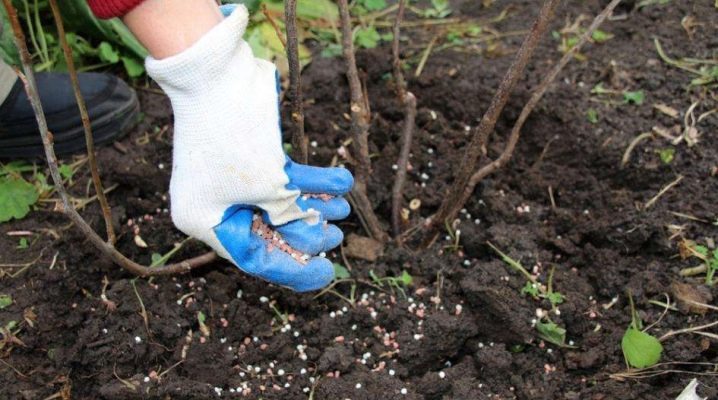
Currants are a very common berry that manages to germinate even in abandoned areas. And red and black and white. True, growth "in spite of everything" is not a boon even for the plant itself. And here in order for his life in the garden to be full, and the bush has passed its at least 20-year journey, only delighting its owners, they must provide him with good care, which includes timely feeding.
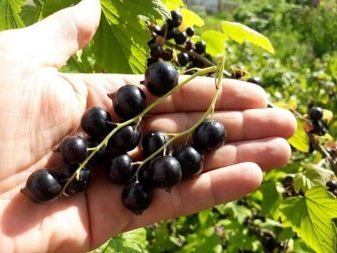
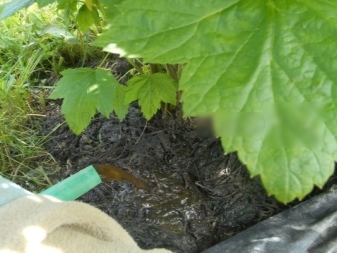
The need for feeding
In spring, sometimes a waking bush needs growth stimulation. In the summer, fertilizers will help in fruiting, and in the fall, they will strengthen the plant. Each dressing is logically connected with the next one, therefore, in order for the spring to be successful, you must not forget about all the others. From the second year on, a relatively strict, non-changeable feeding schedule is established on the site. Corrections are made only according to circumstances. Since the plant bears fruit early, it needs a lot of minerals and vitamins in the spring. And in order for shoots and leaves to grow, buds are successfully laid, currants need nitrogen feeding.
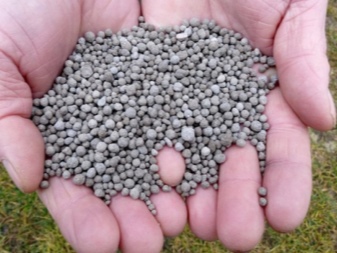
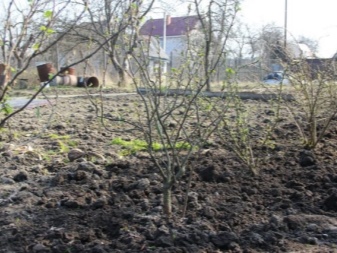
Although the shrub is considered unpretentious, it still does not perceive every soil. If it is depleted, there is a lack of elements, the harvest will be poor.
Experts in gardening believe that the lack of phosphorus is especially difficult for currants in the spring. The fact is that this element perfectly stimulates root growth (and other components can hardly compete with it in this), it affects the formation of fruits, their size and taste. At the same time, phosphorus does not easily dissolve in the soil, and therefore fertilizers with it can be applied in the fall (so that just at the time of the growing season they become available to the bush). But if such feeding has already been missed, you can use preparations of rapidly digestible phosphorus, they also work.
Some gardeners claim that they do not use anything other than organic matter on the site. But then the plant may receive less valuable minerals, in fact, normally it will receive only nitrogen. And yet, in the "chemistry or all natural" dispute, one can look for acceptable, safe, reasoned compromises. If agrochemical fertilizers are applied correctly, this will not cause any negative reactions from the crop.
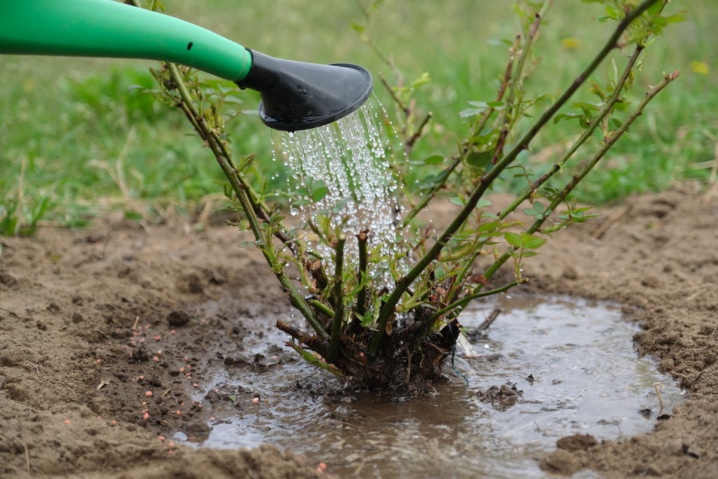
The ways
There are two basic dressings - root and foliar. The root method involves watering the soil, as well as the use of granular fertilizers. Foliar is reduced to spraying the bush.
Root
Fertilizers are applied exclusively at the root (the place is limited by the area of the trunk circle). Usually this is a liquid solution, since it is he who penetrates more into the ground, gives the best effect. Dry fertilizers are also used, but for them to work, you need to either water the bushes, or wait for the rains. By themselves, granular products will not dissolve in the soil.
In a circle, you can make small holes (you can just a groove) with a depth of 5 cm, where the necessary fertilizers are poured / poured. Then this place of introduction is covered with earth.
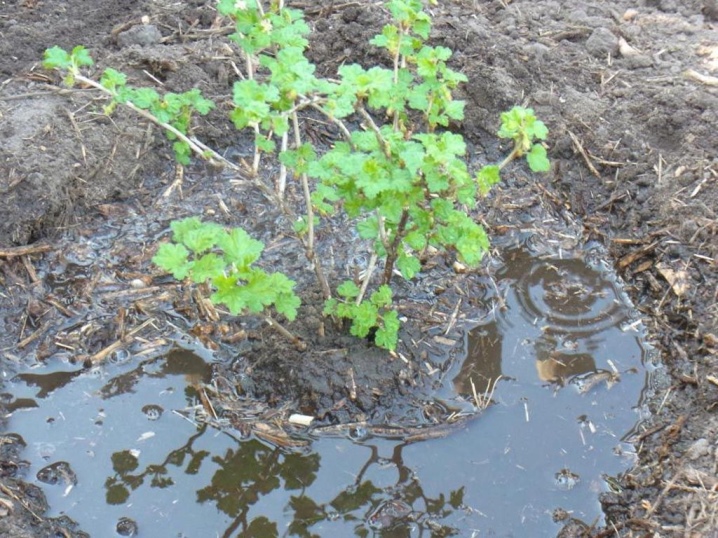
Foliar
Nutrients are supplied to the aerial part of the currant by spraying. This option is chosen when the shrub needs trace elements. Some summer residents are sure that the foliar method is only good for pest and disease control, but this is not the case. They can also fertilize the plant well. In addition, in a similar way, you can feed the plant with growth stimulants.And the method is also effective if the currants need a nutrient solution, but there is no way to bring it in: let's say it's rainy time, the ground near the bush is always wet and you don't want to overmoisten it at all. Then spraying is suitable, it will nourish the plant and protect it from possible rotting of the roots.
Foliar dressing is a good method if such negative points are noted: the plant suffers from drought (only the root does not save), the soil is insufficiently aerated, the acidity level of the soil is not optimal, the soil is saline, the roots are injured during transplantation.
Foliar feeding allows nutrients to very quickly enter the parts of the shrub, precisely into those organs that need nutrition. Currants can receive phosphorus, calcium, and potassium through the leaf plate. These are fairly mobile components that are quickly sent to both leaves and buds.
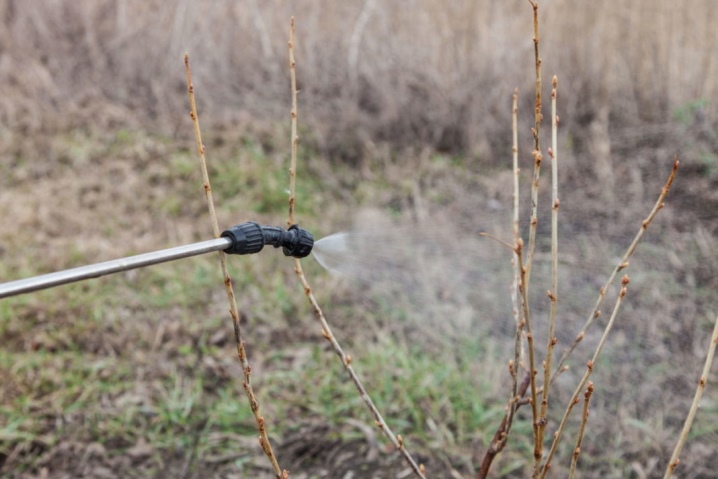
Stages
It will take more than one stage to feed the currants in the spring. The growing season must be taken into account. The plant passes through 3 phases of development during the spring period (with a small seizure of summer), and each phase has its own feeding.
In early spring
At this time, the shrub wakes up, and the currant buds swell. The earth is already warming up to about 6-8 degrees above zero. Fertilizer must be applied before bud break, this is important. Most often this period occurs in April. At this time, the plant most of all needs nitrogenous means, since they will start the growth of the shrub, which will begin to build up the green mass. But a complex preparation, in which there will be both phosphorus and potassium, will be completely useful. Actually, nitrogen-containing agents can be applied only at this stage, if you delay with them and add later, the green mass will grow to the detriment of fruiting.
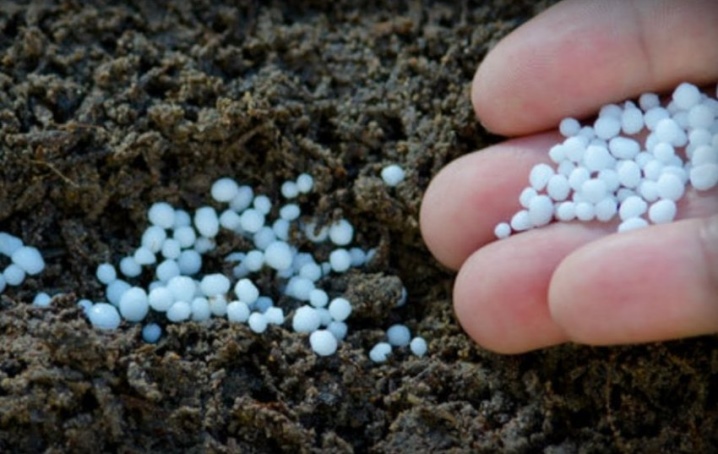
Here are some early feeding options.
- Urea. Dissolve the nitrogen preparation in the amount of 10 g in 10 liters of water. One such bucket will take one square meter.
- Ammonium nitrate. Dilute 20 g of the preparation in a bucket of water and feed the bush with the same consumption.
- Infusion of chicken droppings. Organic matter is diluted in a ratio of 1 to 20 with plain clean water.
- Infusion of mullein. The proportion changes by 1 in 40.
- Complex mineral fertilizers. The proportions are as follows: 25 g of nitroammofoska per 10 liters of water; 30 g diammophoska for the same volume of water.
After winter, the plant will literally wake up and come to life with such feeding. And in addition, mulching of the trunk circle will help him, for which humus or rotted compost can be used.
Important: the mulch should not touch the trunk of the bush, you need to maintain a distance. The thickness of the mulch is about 6 cm, that's enough.

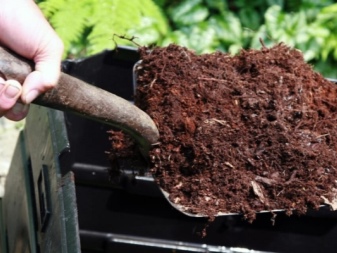
During budding
The second time it is necessary to feed the plant before flowering. Top dressing, which more often occurs in May, will provide a large crop with good taste. There is nothing more valuable than phosphorus-potassium feed at this time.
Consider how to fertilize currants during the budding period.
- Mineral complex fertilizer (phosphorus, potassium, nitrogen). The best choice is nitroammofosk (20 g per 10 l) or diammofosk (30 g per 10 l).
- Fast-digesting fertilizer, such as, for example, potassium monophosphate (15 g is enough for 10 liters of water).
- A mixture of potassium sulfate and superphosphate. The first agent is taken in the amount of 20 g, the second - 20-25 g.
For those who are adherents of organic farming and prefer so-called folk remedies to all chemicals, mullein infusion (as an option, chicken droppings) can be used as a nitrogen feed. Potash feeding will be provided by wood ash, 200 g of it per 10 liters of water, but the source of phosphorus will be fish or bone meal - 1 glass per square meter of soil.
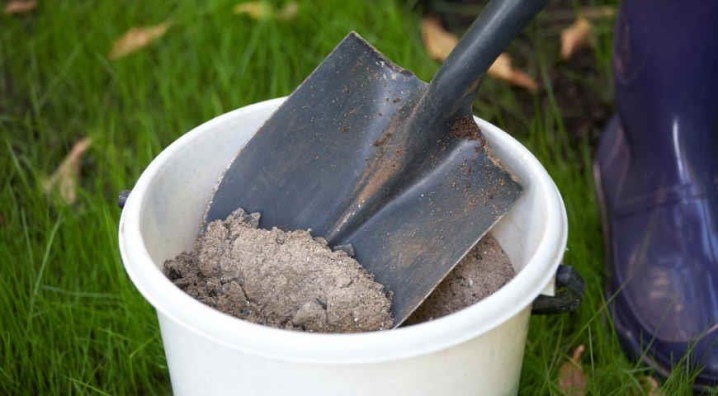
At the beginning of flowering
At this time, the third spring feeding falls. However, it is not always May, sometimes already June, but top dressing still belongs to the spring complex. To make the berries on the bush better tied, gardeners use boron. 5 g of boric acid are mixed with 10 l of water.
If the weather is not the warmest, and the sun is not shining so actively, this tool is primarily used for foliar feeding.
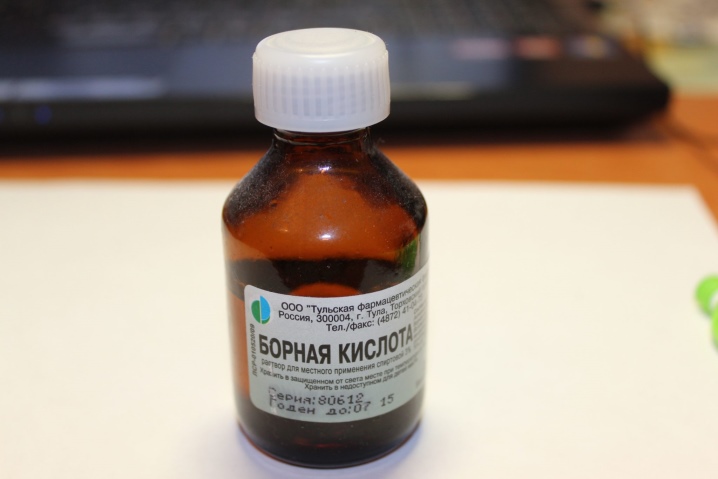
And to consolidate the study of the topic of spring feeding, there are several important tips. They can be especially interesting for beginners.
- A good analogue of potash dressing can be the use of a banana peel. It must be filled with hot water and kept warm for two days. Then the composition is filtered, poured under the root.
- Potato peelings are a unique fertilizer for currants. There are many valuable trace elements and starch. You can combine this feeding while using wood ash. The peelings are poured with boiling water, when the water cools, the peel is collected and crushed. Holes or grooves are made under the bush, and cleanings are laid out on their bottom with a layer of 5 cm. Sprinkle on top with earth, and then another layer of wood ash.
- If we talk about feeding red currants, this species, in contrast to black, is more moisture-loving. Therefore, for him, the priority will be precisely liquid top dressing.
- To increase the number of fruits, as well as their size, it is not enough just to feed the bush. It is necessary to loosen the ground under it in a timely manner, water it, and carry out pruning. Therefore, when choosing top dressing, you need to fit it into the bush care complex, it cannot replace everything else.
- Growth stimulants and humates are not considered a complete fertilizer, but they have something that will help the currants make optimal use of their resources. Humate is usually added together with the mineral complex.
- Young shrub, planted in autumn, does not need recharge. But only if the nutrients have been put into the planting hole. The first spring feeding is planned for next year, or even for the third year of the shrub's life.
- Any make-up is best done in the morning or in the evening. At noon, with the foliar method, you can organize a burn on the plant, with the root it will be under stress (which will make it sick later). During the day, you can feed currants only in very cloudy weather.
- Root feeding should be delicate, the product should not fall on the aerial part of the currant.
- Before applying any composition, the shrub can be watered with plain water, about 3 hours before fertilization. Watering has to be used as a prophylaxis for burns of currant roots.
- If make-up is supplied dry, it is better to close it with a rake, for example, into the ground along the perimeter of the crown.

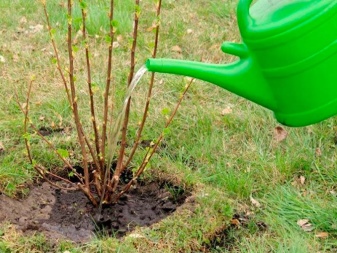













The comment was sent successfully.